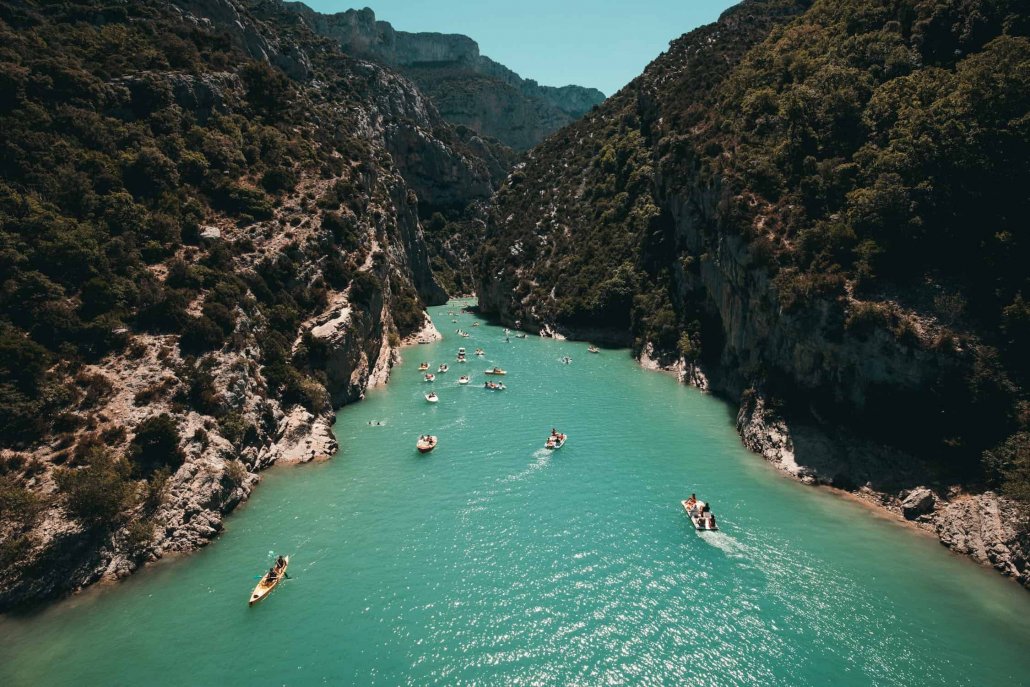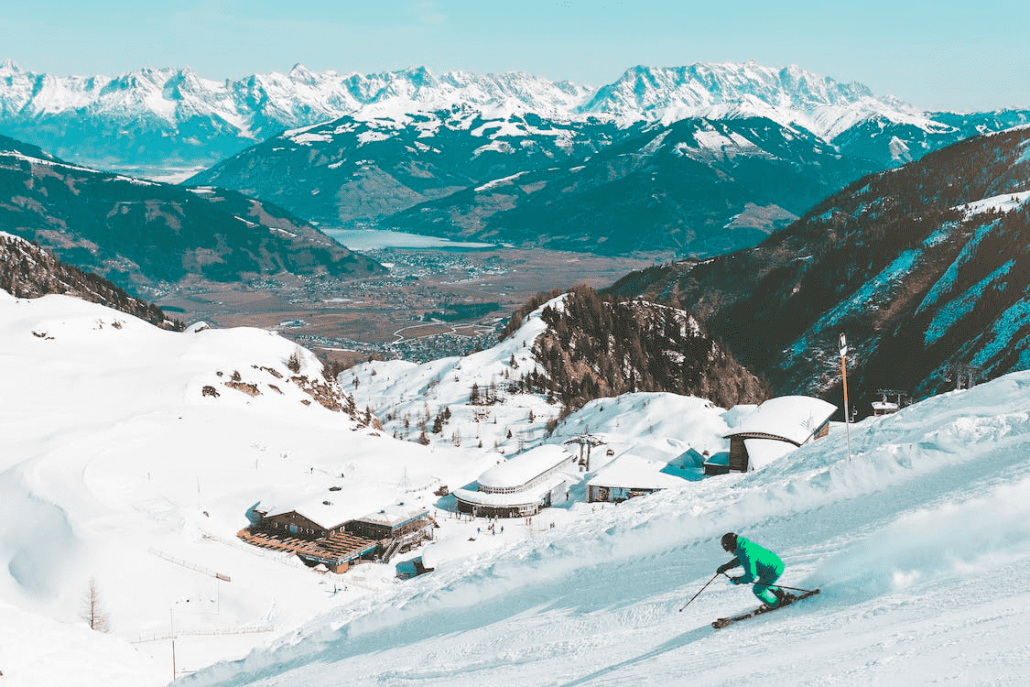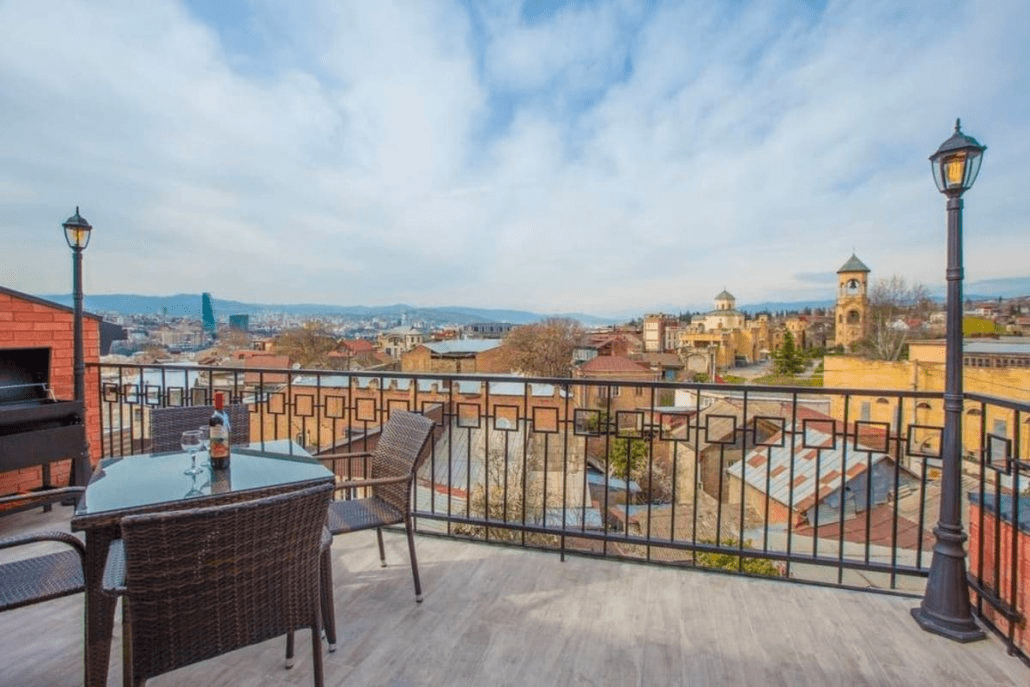This year, travelers are looking to score cheaper prices by traveling during shoulder season more than ever before. Is it due to current economic uncertainty? Or the pandemic paving way for an era of flexible travel? Either way, a significant number of tourists are opting for shoulder season travel instead of peak season, seeking out more affordable, less crowded travel options.

What is shoulder season?
Let’s start with the basics. If you’ve never heard about shoulder season before, you might already be familiar with the terms peak season and low season. So let’s break it down:
- Peak season – the period of time when a destination experiences its highest level of tourism.
- Low season – the period of time when a destination faces its lowest level of tourism.
- Shoulder season – the period in between peak season and low season.
Why is it called Shoulder Season?
If you think about your shoulders as being in between your head – or the peak – and your arms, shoulder season follows that principle of being the middle ground.
What can be expected from Shoulder Season?
As you may already know, the vacation rental industry is highly seasonal, and peak times usually mean higher demand and prices. During shoulder season, you will likely witness a natural drop in demand as there will be less business in your location for your property type. Still, demand should be higher than during low season.

Let’s take the example of a vacation rental located in the south of France. High season will take place during summer, low season in winter, and shoulder season during spring and fall. On the other hand, a ski resort located in Chamonix, France, would have its peak season in winter, and a similar shoulder season in early spring and late fall.
How to determine your shoulder season?
To capitalize effectively on shoulder season, you first need to understand when it falls for your specific rentals. Use this checklist to help set the perfect rates:
- Consider your vacation rentals location and climate – when is the best time to be there?
- Research the activities and attractions that draw tourists to your region
- Identify any annual trends or events in the area

By understanding these factors, you can make informed decisions about pricing and marketing, to optimize occupancy rates throughout the year.
5 tips to make the most of shoulder season
Work on your seasonal rates
If you want your hosting business to be profitable during the shoulder season, you should consider fine-tuning your nightly rates to meet the changes in demand. This could mean putting prices down to attract more guests and boost occupancy.
For example, if we go back to our vacation rental in the south of France, reducing rates in September or October is likely to mean you fill more beds than if you kept your prices at their peak.
Tools like Guesty PriceOptimizer adjust your rates automatically according to seasonality and many other factors, to give you the best price for your rental, 365 days a year.
Review your minimum night stay requirements
More than ever, people are on the move and looking for short, last-minute getaways or places to spend the night. In fact, from January to March this year, 63% of bookings on Hopper Homes were made on the same day as check-in. Having a minimum night stay requirement might mean you miss out on these spontaneous travelers and vacationers.

In order to provide travelers with the flexibility they need, you should put short trips first and reduce your minimum night requirement. By opening up to this market of travelers, you will drive more bookings and increase revenue during shoulder season.
Deals and discounts
Travelers love to feel like they are getting a deal. To attract more business during shoulder season, you can offer discounts like:
- Early bird discounts
- Package deals (ie. free breakfast, spa access etc)
- Free nights
- Discounted rates
Take professional pictures
As they say – a picture is worth a thousand words. Stand head and shoulders above the competition with sharp, professional images. Professional photos of your rental and it’s local scenery can transport travelers into that environment and allow them to imagine themselves there.

Make sure you capture a mix of wide-angle shots along with tight shots of smaller decorative elements to show off why your rental is unique.
Want to take the perfect photos? Read this article on How to Take Photos that Attract More Bookings.
Team-up with local businesses
Travelers are looking to make more sustainable travel choices, and that means going green and going local. Creating a local network and supporting each other is a great way to give back to the community while offering unique experiences will help you stay competitive during shoulder season.

Whether it be wine tours, cooking classes, or local coffee carts, travelers are searching for immersive experiences, and will be drawn to local experiences that they can’t find anywhere else.
Final Thoughts
While shoulder season is undoubtedly slower than peak season, if you play your cards right, it can still be far more profitable than your low season.

In fact, shoulder season is expected to become a travel trend in 2023 as travelers are on the lookout for less crowds and affordable accommodation options during this tricky economic period. By offering smart deals, optimizing you marketing strategy, and playing with your pricing, you can thrive in this slower period.




